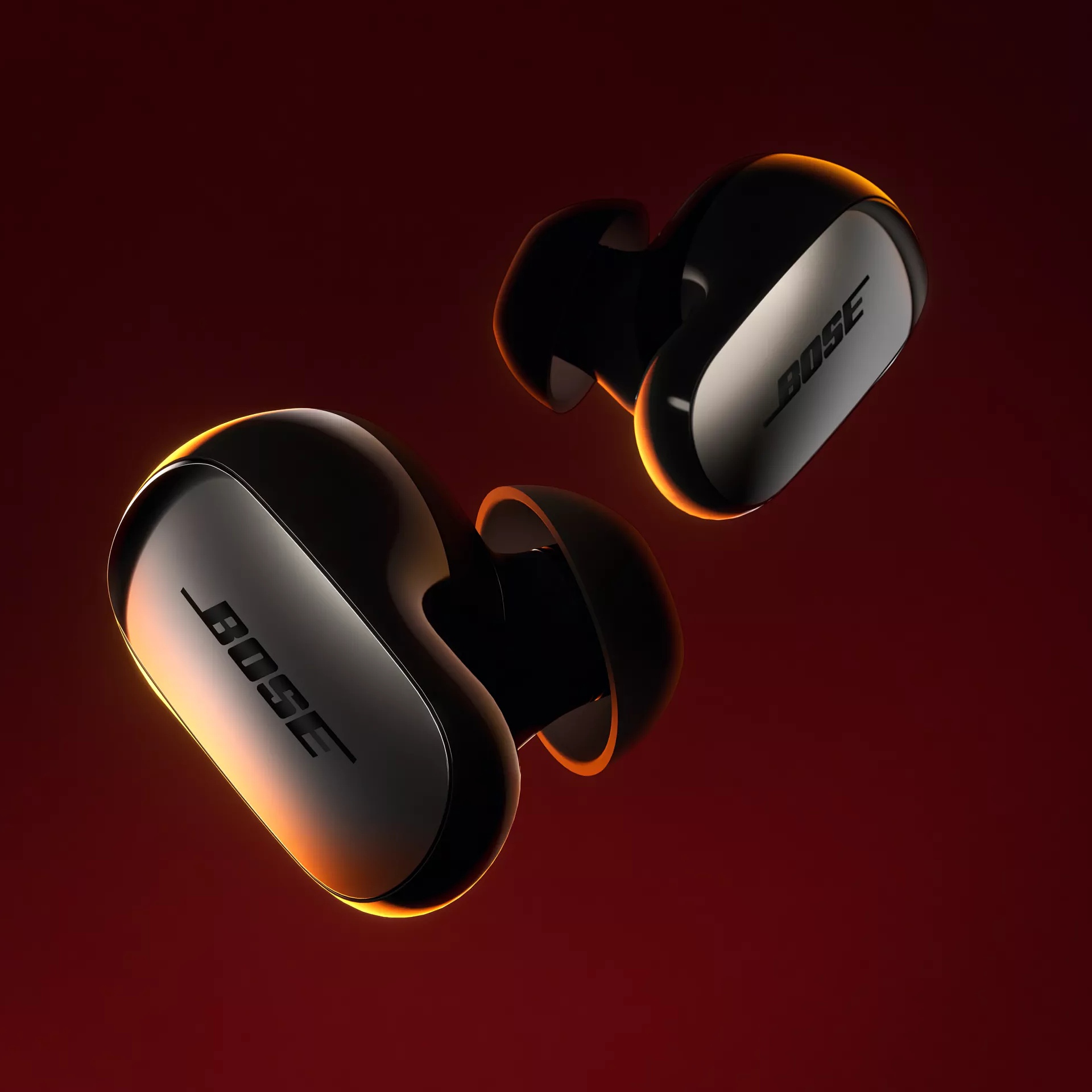Sound solutions for air travel
Problem 1: Cabin noise



Problem 2: Chatty seat neighbours
Problem 3: Stress from flying
Problem 4: Trouble relaxing
Featured in this story
Colour:
Petal Pink




